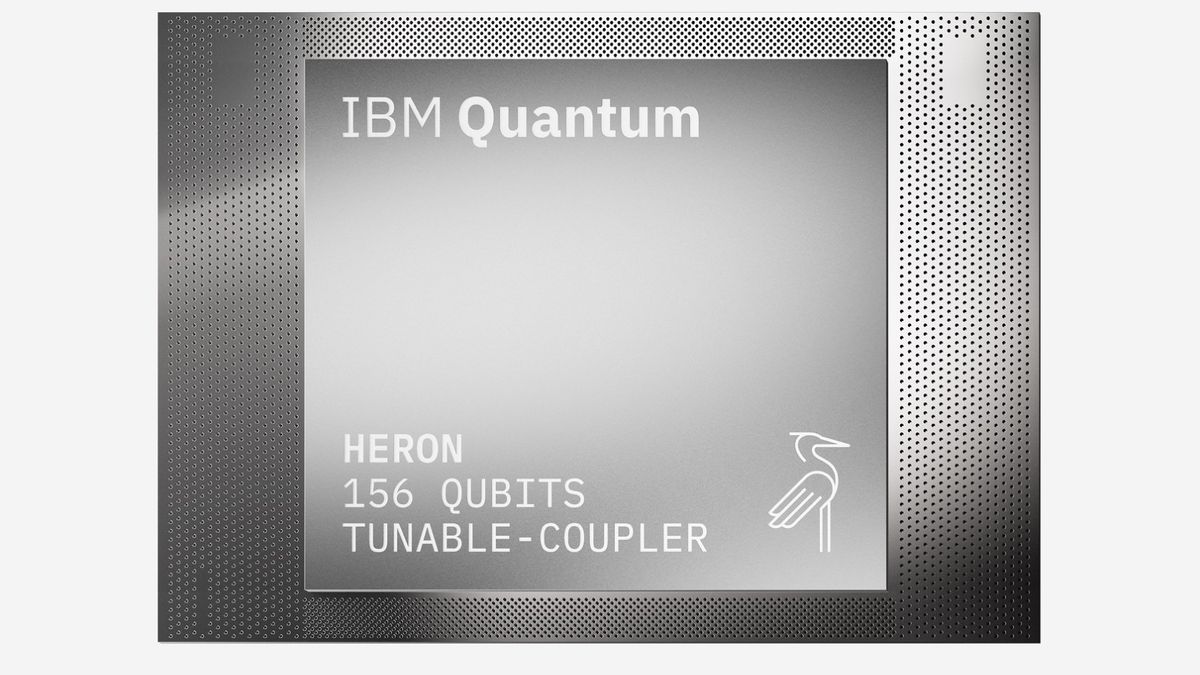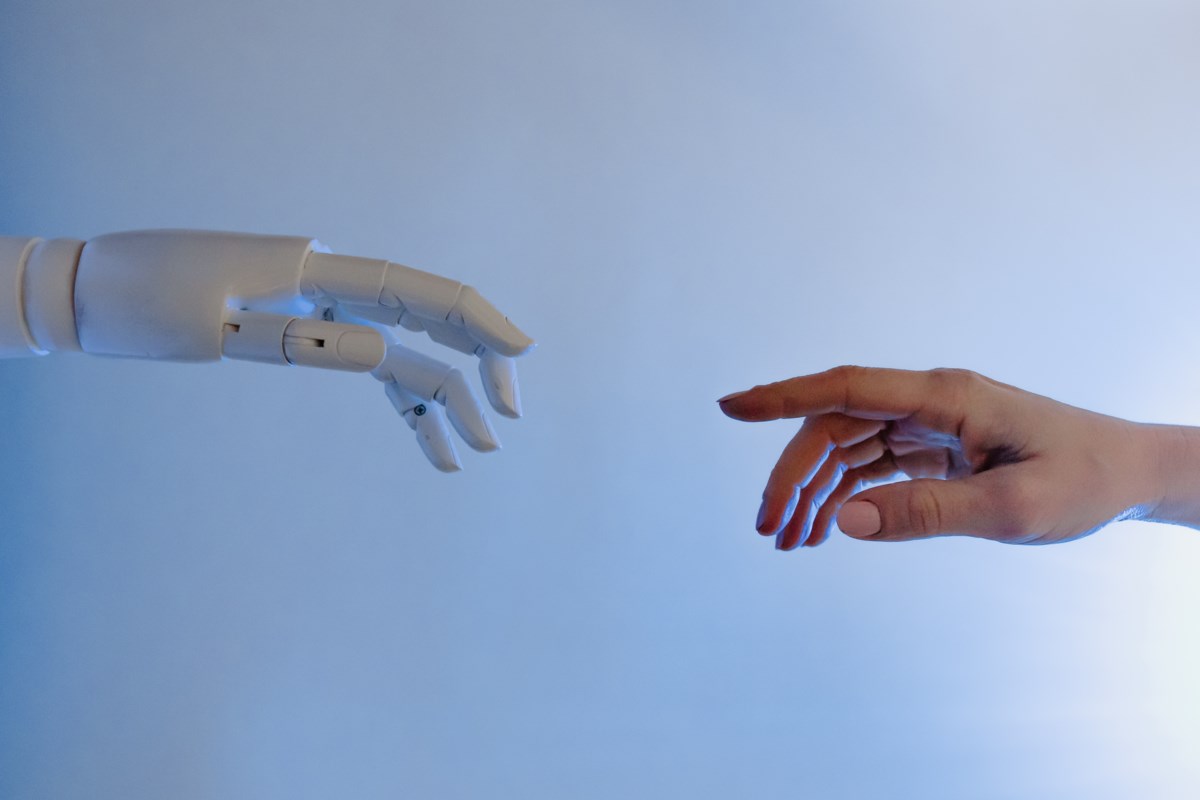IBM’s latest quantum computer is now powerful enough for this useful scientific researchsay scientists, after the company made significant hardware and software improvements to its quantum system.
The new system consists of two parts: a new 156-qubit quantum processing unit (QPU) called R2 IBM Heron (the second generation of a chip launched last year); and Qiskit – a collection of software tools and algorithms designed to optimize quantum computers performance.
The result is a new system that can perform tasks up to 50 times faster than previous efforts benchmark data. For reference: in IBM’s 2023 quantum utility experiment published in the journal Naturethe most powerful quantum computer at the time needed 122 hours to run workloads in the benchmark. The new system, equipped with the R2 Heron QPU, took just 2.4 hours.
The new quantum computers, located in IBM’s data centers around the world, can tackle scientific problems in materials, chemistry, life sciences, high-energy physics and more domains, IBM representatives said in a statement.
Related: New ‘gold-plated’ superconductor could form the basis for massively scaled-up quantum computers in the future
“Advances in IBM Quantum hardware and Qiskit enable our users to build new algorithms that merge advanced quantum and classical supercomputing resources to combine their respective strengths,” Jay Gambettavice president of IBM Quantum, said in the statement.
Next generation quantum processing
The R2 Heron QPU is equipped with 156 qubits arranged in a heavy hexagonal lattice – a topological structure that IBM uses for all its quantum processors. This allows the system to reliably run quantum circuits of up to 5,000 two-qubit gates – which is nearly double the 2,880 two-qubit gates in the 2023 utility experiment powered by the 127-qubit Eagle QPU.
Two-qubit gates are essential for unlocking the exponential power of a quantum computer – where the more qubits fit into a system, the more calculations can be performed in parallel. Single-qubit gates allow individual qubits to rotate or flip their state, while two-qubit gates that work in pairs of qubits use the laws of quantum mechanics to allow entanglement between them. While single-qubit gates can function at a basic level, using two-qubit gates can enable a quantum computer to perform much more complex calculations.
The new R2 Heron chip also features “two-level system mitigation,” which helps reduce the impact of disruptions on the qubits that interact with the materials around them. The system also benefits from software improvements in error correction, namely the use of Qiskit’s Tensor Error Network Mitigation Algorithm (TEM).
Further software improvements, including the launch of the latest generation of the runtime engine, data movement optimization and the introduction of parametric compilingmeans the new system can perform 150,000 circuit layer operations per second (CLOPS). By comparison, baseline performance was just 950 CLOPS in 2022 and 37,000 CLOPS earlier this year when data movement optimization was first introduced.
Quantum-centric supercomputing
IBM representatives claim that the latest developments contribute to their vision of developing ‘quantum-centric’ supercomputers – which combine quantum and classical computers to achieve achievable results faster than if they used quantum computers alone. .
This is because hybrid systems can tackle workloads in parallel, allowing complex algorithms to be broken down by assigning parts of the task to the half of the system for which they are best suited. Once these pieces are resolved, the software layer seamlessly puts the problems back together.
An example of quantum-centric supercomputing in action is at RIKEN, a scientific research center in Japan. Using a method known as ‘Quantum-Selected Configuration Interaction’, described in an article published on the US Department of State website arXiv preprint database in 2023, scientists will use quantum hardware to model the data electronic structure of iron sulfides.
RIKEN scientists have also embarked on a project to build a high-performance hybrid quantum computing platform by integrating Fugaku, one of the world’s fastest supercomputers, with a local IBM System Two quantum computer, powered by the Heron QPU.









